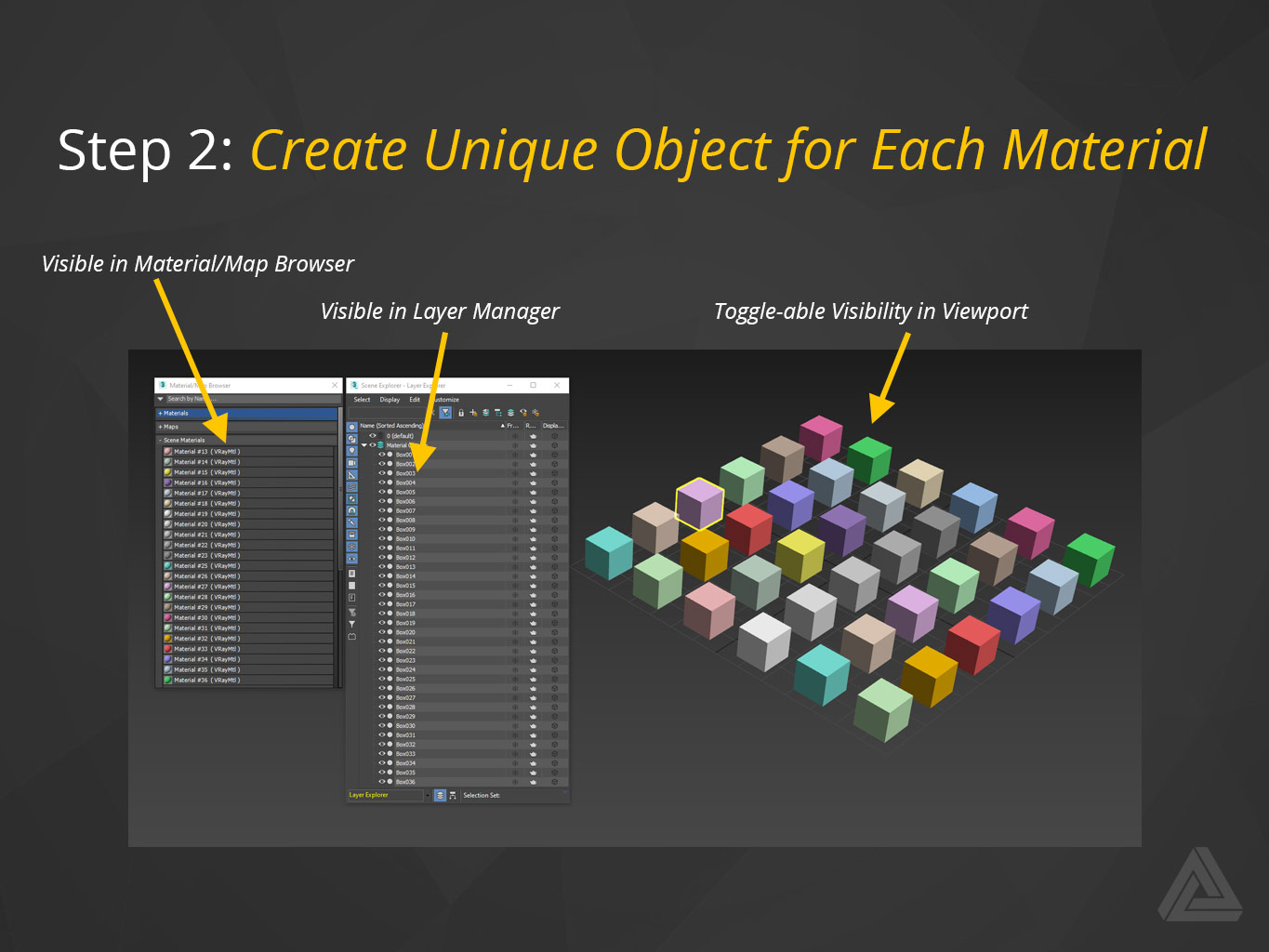salritime1988.netlify.com
How To Get More Material Slots In 3ds Max
How to do Rain
What is rain ? Rain in this context is the influence of rain on buildings, especially below window benches and at the (top) edge of a building. RichDirt provides 3 important functionalities:
- Dark areas below benches
- Streaks that wash away dirt below benches
- Streaks that start at the top edge
Step by Step
1. Copies of the tutorial model are available.
For RichDirt V-Ray click here and for RichDirt mental ray click here. For Max 2016,15,14,13,12,11 use V-Ray here and mental ray here. The 'old' versions will show warnings for a missing texture and missing dll, press open and continue for these warnings. The model will load.
2. Open the Compact Material Editor. Create a new Multi/Sub Object material. Name this ´myMultiSub´.

Four materials, enter their their paths (relative to the project) in the four 'String Data' nodes of the 'initialise array' section; a unit, enter that path in the top 'String Data' node of the 'use array values' group and enter the material slot name (which you can find in the unit editors materials section) in the bottom 'String Data' node of. This is actually a weird problem with 3dsmax (as far as i know). It does not give you any more slots! You will have to export your materials to library or combine multiple materials into one multi/sub object. To change the number of slots, choose “OptionsCycle” Sample Slots (or press the X key), or right-click on any of the material slots and select 2×3, 3×5, or 4×6 from the pop-up menu. Creating a Simple Material The simplest material is based on the Standard material type, which is the default material type. This happens if you're using the Compact Material Editor and the Channel Name in the Map Output Selector isn't set. So all you need to do is set that to Col and the material will now show in the material editor. The Map Output Selector gets automatically added between the map slot and the OSL Map when you create it.
3. Create a new mental ray Arch and Design material or a V-Ray material. Name this ´myWallMtl´.

4. Open ´myMultiSub´ material again. Add ´myWallMtl´ to slots 2,3,4,5 of myMultiSub. Make sure to use -instances- (not copy, we want the same wall material used 4 times). See the ´Natural Variations´ tutorial for a snapshot of the UI.
5. Now go back to ´myWallMtl´. Click the diffuse color map button, to add a RichDirt texture. RichDirt is found in the map section of the material and map browser in the standard maps. Name the texture ´WallDirt´.
6. Make the Dirt color -red- and do a short test rendering. Select the wall geometry in the viewport. In the material editor press the ´Assign Material to Selection´ button. If everything worked fine you should see some red around the windows. In version 1.06, and higher this will be stronger than in the image below :
7. Here starts the interesting part of the tutorial - Adding rain !
Go back to the ´WallDirt´ texture. Select the ´Below Bench (Strong)´ preset. Also change the ´Clean´ color to rgb 0.973, 0.871, 0.612. Now render again :
8. Great structures ! This would take forever if done by hand. What Next ? How to get such structures for the upper edge of the building ?. RichDirt has 2 flags AO - (Ambient Occlusion) and IO (Inner Occlusion). AO is for objects that stick out of a facade. Like a window bench. The top edge does -not- stick out. So we add IO here.
Surprise ! - if you render now the streaks will be gone. Why ? Do not forget to also enable -streaks- for IO. If this isnt active dirt from IO will remain ´everywhere´ - dirt from IO is -added- to dirt from AO, so if IO doesnt have streaks it will look like it ´removed´ the AO streaks. The next image shows the streaks rollup - to enable streaks for IO.
Also add the ´mirror´ material to slot 6 of ´myMultiSub´ to get nicer windows. The geometry used for the facade uses ID 6 for the windows (by chance .. in your models this will be different).
The image now looks like:

How To Get More Material Slots In 3ds Max Walkthrough
9. RichDirt supports many variations of dirt. Since this would be to much to show in this tutorial, just a few ideas are mentioned. a) Modify the `Wash Length´ in the Streaks tab to get longer and shorter streaks. b) Add your own the streak map or modify the size of the builtin to get different streaks. c) Modify the ´spread´ to get more blurred streaks - try 15 degrees. For fine control it is possible to mix different RichDirt with the 3ds Max composite node (see the step 13 in the ´Natural Variations´ tutorial).
As a last step in the tutorial we make the streaks less strong, like less water washing dirt away. In the streaks rollup set ´Amount´ to 80. In the main rollup set ´spread´ to 20 degree. This creates a natural appearance for older buildings.
If you want to use rain (streaks) in a subtle way simply use a color that is similar to the clean color (when using bitmaps use the same bitmap a second time with a color correction).
How To Get More Material Slots In 3ds Max Free
mental images and mental ray, are registered trademarks, and are trademarks of mental images GmbH, in the U.S.A. and/or other countries. V-Ray and the V-Ray logo are registered trademarks of Chaos Software Ltd. in Bulgaria and/or other countries. Autodesk and 3ds Max are registered trademarks or trademarks of Autodesk, Inc., and/or its subsidiaries and/or affiliates in the USA and/or other countries. finalRender is a registered trademark of cebas Computer in Germany. All other brand names, product names, or trademarks belong to their respective holders.